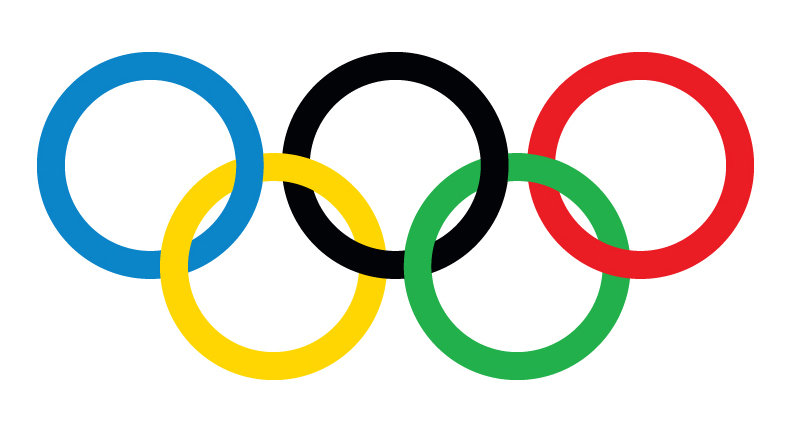The Olympic symbol, also known as the Olympic rings, is the visual ambassador of olympism for all people around the world.
Influenced by a design created by Pierre de Coubertin, the Olympic rings has always been a global representation of the Olympic Movement along with its activities.
Definition
According to Olympic Charter, Rule 8, “The Olympic symbol consists of five interlaced rings of equal dimensions (the Olympic rings), used alone, in one or in five different colors. When used in its five-color version, these colors shall be, from left to right, blue, yellow, black, green and red. The rings are interlaced from left to right; the blue, black and red rings are situated at the top, the yellow and green rings at the bottom in accordance with the following graphic reproduction.”
Meaning
According to Olympic Charter, Rule 8, “The Olympic symbol expresses the activity of the Olympic Movement and represents the union of the five continents and the meeting of athletes from throughout the world at the Olympic Games.”

The History of the Olympic Rings
Introduction of the Olympic rings: 1913
In 1913, the Olympic rings were presented publicly for the first time. In the center of a white background, five rings interlaced: black, blue, yellow, green, and red.
The official Olympic Games debut of the Olympic rings: 1920
For the Olympic Games, the Olympic rings made their first appearance at the Games of the VII Olympiad Antwerp 1920, setting on the white background of the Olympic flag.
Definition of the Olympic Rings: 1957
In 1957, the IOC approved a specific version of the Olympic rings, in which the rings intersect each other, which made it slightly different from Coubertin’s original.
Graphic design and the Olympic rings: 1986
Despite that spaces between the Olympic rings had already existed in their visual presentation, in 1986, the IOC Graphics Standards gave out a description of how to produce an official version of the Rings with spaces.
The Return to the Timeless Original Olympic Rings: 2010
As declared by the IOC Executive Board in 2010, the official Olympic rings came back to its original, fulfilling Coubertin’s vision.